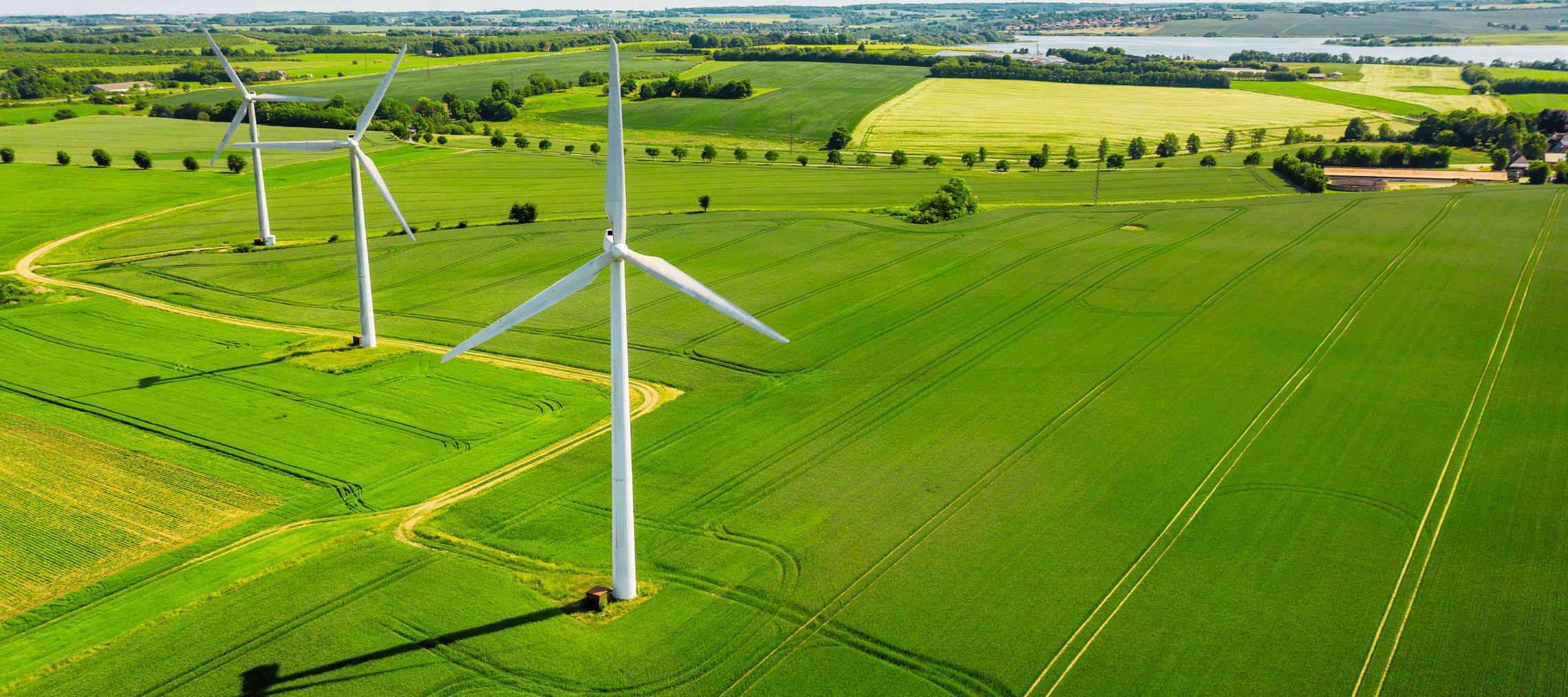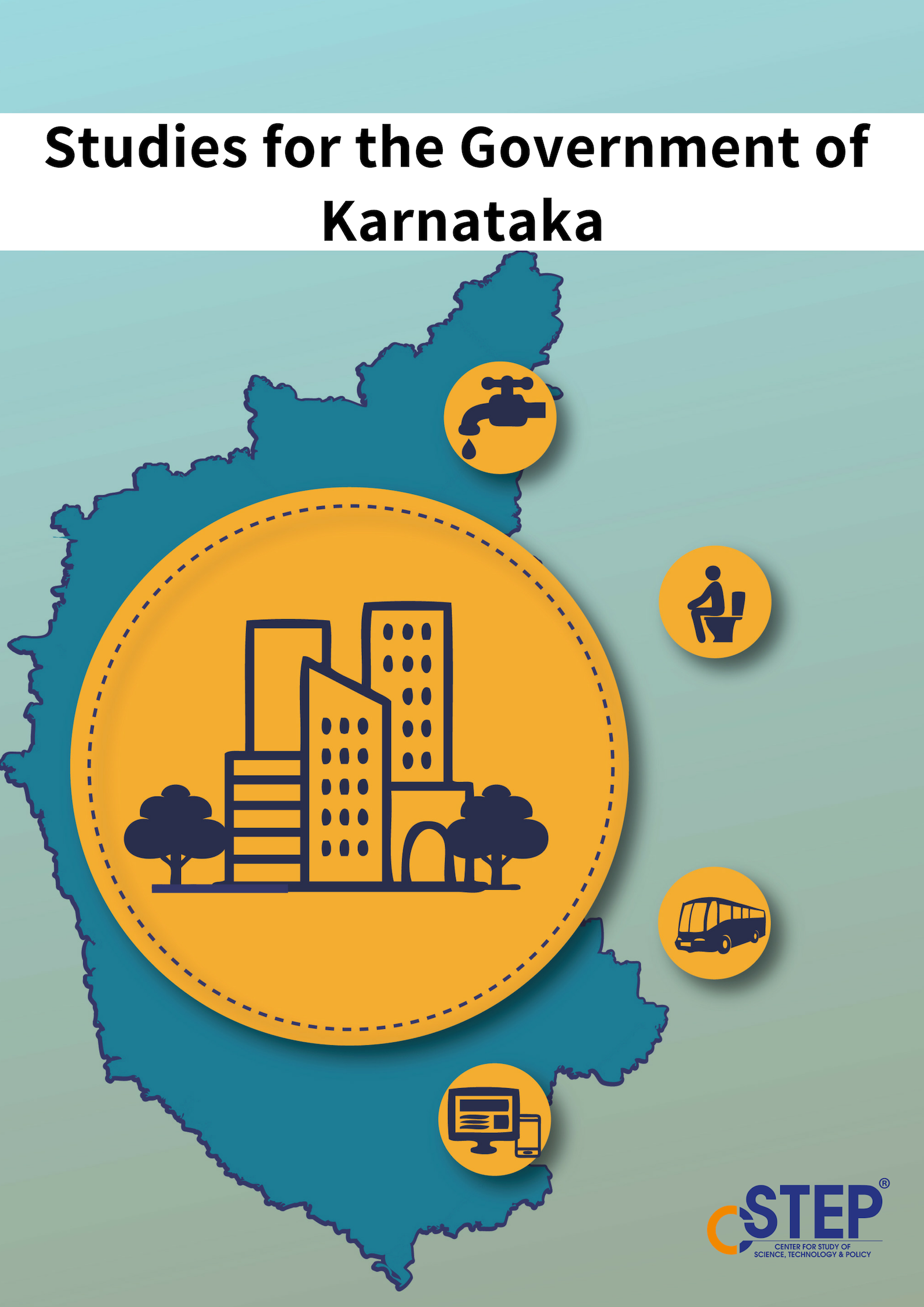India aims to meet its growing power demands through the expansion of its renewable energy capacity. This warrants a strong transmission infrastructure to integrate and evacuate renewable energy, as a transmission network acts as the backbone of power systems to transfer power from generation stations to load centres. As the country works towards this mission, a thorough transmission network analysis is needed to design a power evacuation scheme and assess technical feasibility. CSTEP supports transmission utilities to strengthen their transmission infrastructure and integrate a higher share of renewable energy to provide a reliable supply.




Network strengthening: Realising Rajasthan’s renewable energy potential
Rajasthan, India’s largest state by area, holds the highest renewable energy potential in the country, with 284 GW of wind energy potential and 142 GW of solar energy potential. In December 2024, the total installed electricity generation capacity in Rajasthan stood at approximately 43.5 GW, of which renewables constituted 70 per cent (contributing around 30.5 GW). The state also houses one of the largest solar parks in the world at Bhadla.
Unlocking the potential of distributed energy resources in advancing India’s green energy transition
India is rapidly expanding its renewable energy (RE) capacity to meet the 500 GW target by 2030 and net-zero target by 2070, showing a remarkable growth of 135% from FY2014–15 to FY2023–24.
Senior Analyst
Join our team as a senior analyst and delve into the intricate workings of power system planning. The role offers an opportunity to contribute to the integration of renewable energy sources into transmission networks, as well as to spearhead initiatives for the seamless integration of electric vehicles and solar rooftop technologies into distribution networks.
Vacancies
2
Responsibilities
Renewable Energy Sizing for Electric Vehicle Charging: A Case Study of Karnataka, India
India, like many other nations, is going through the transitional phase of electrifying its transport sector. As a member of the EV30@30 campaign led by the International Energy Agency (IEA), India aims to achieve a 30% sales share for electric vehicles (EVs) by 2030. The state of Karnataka is a leader in the nation’s clean energy transition and is currently at the third position in EV sales among all states.
The GIB case: Possible solutions for harmonising India’s clean energy transition with biodiversity conservation
On 21 March, the Supreme Court, in a judgement regarding a public interest litigation (PIL) on protecting and conserving the critically endangered Great Indian Bustard (GIB), noted that people have a fundamental right to be free from the adverse effects of climate change. The court also set up an expert committee to assess the technical feasibility of undergrounding power lines, as well as to figure out ways to conserve GIBs. The next hearing in the matter is due this month.